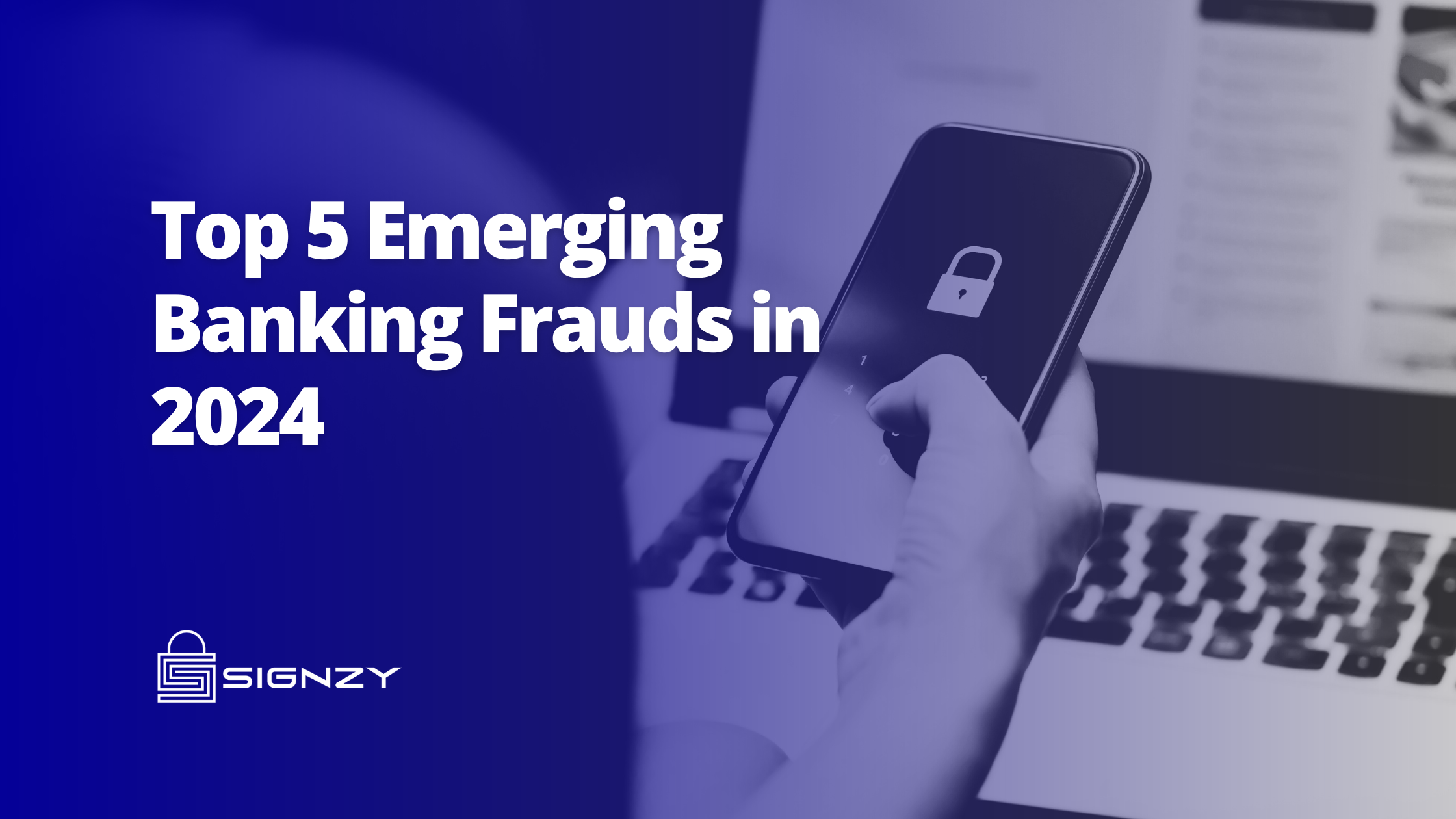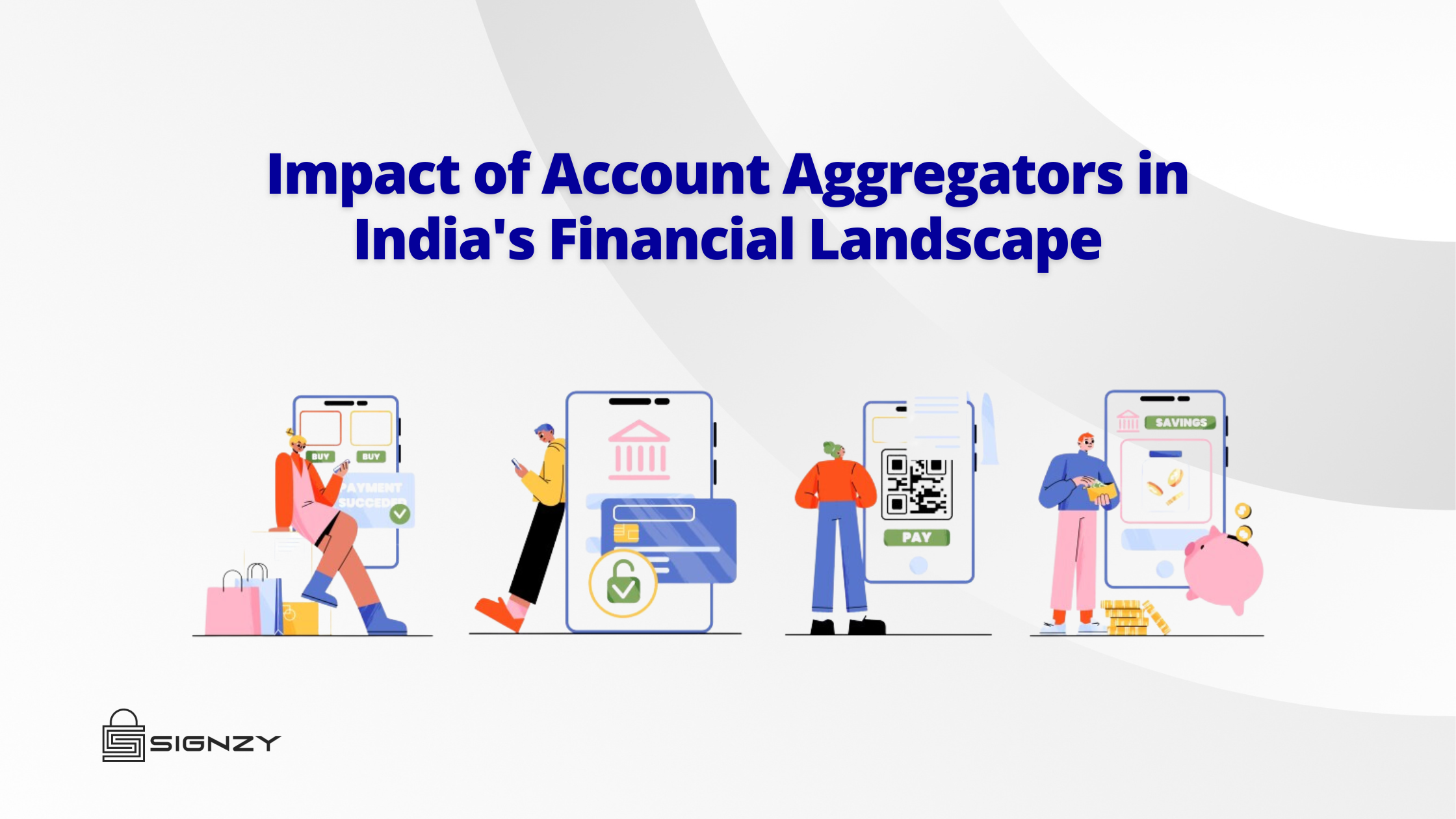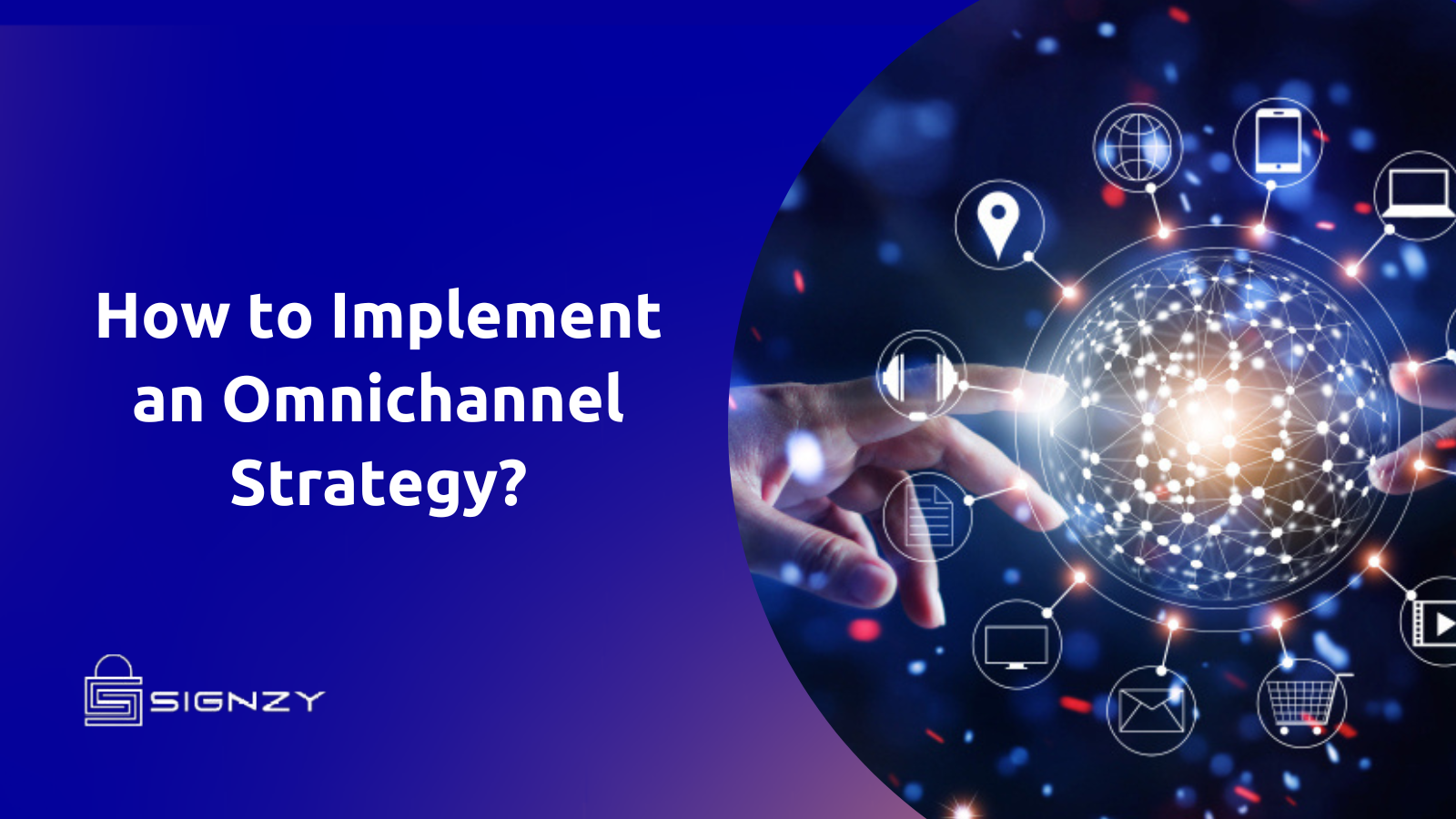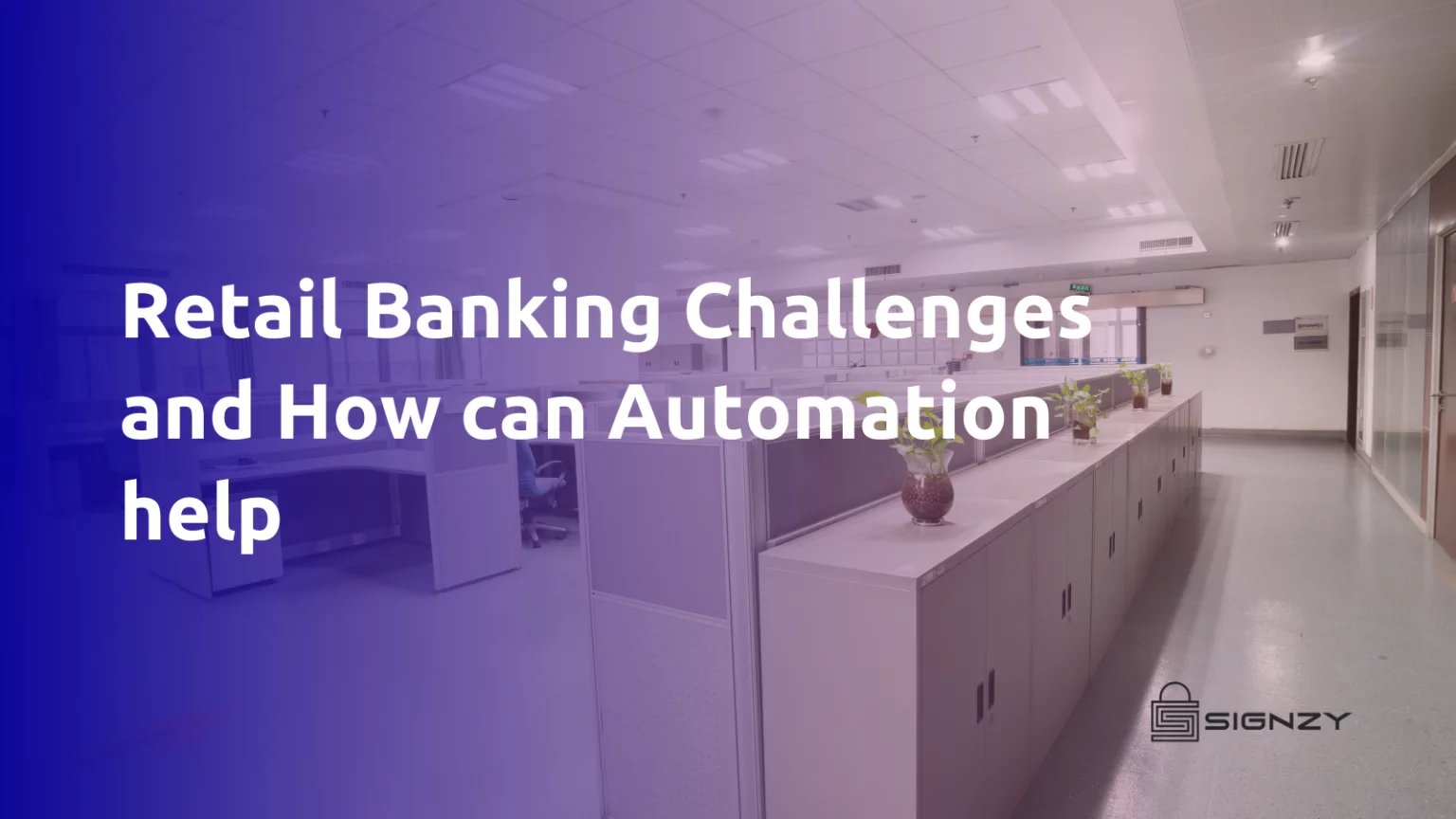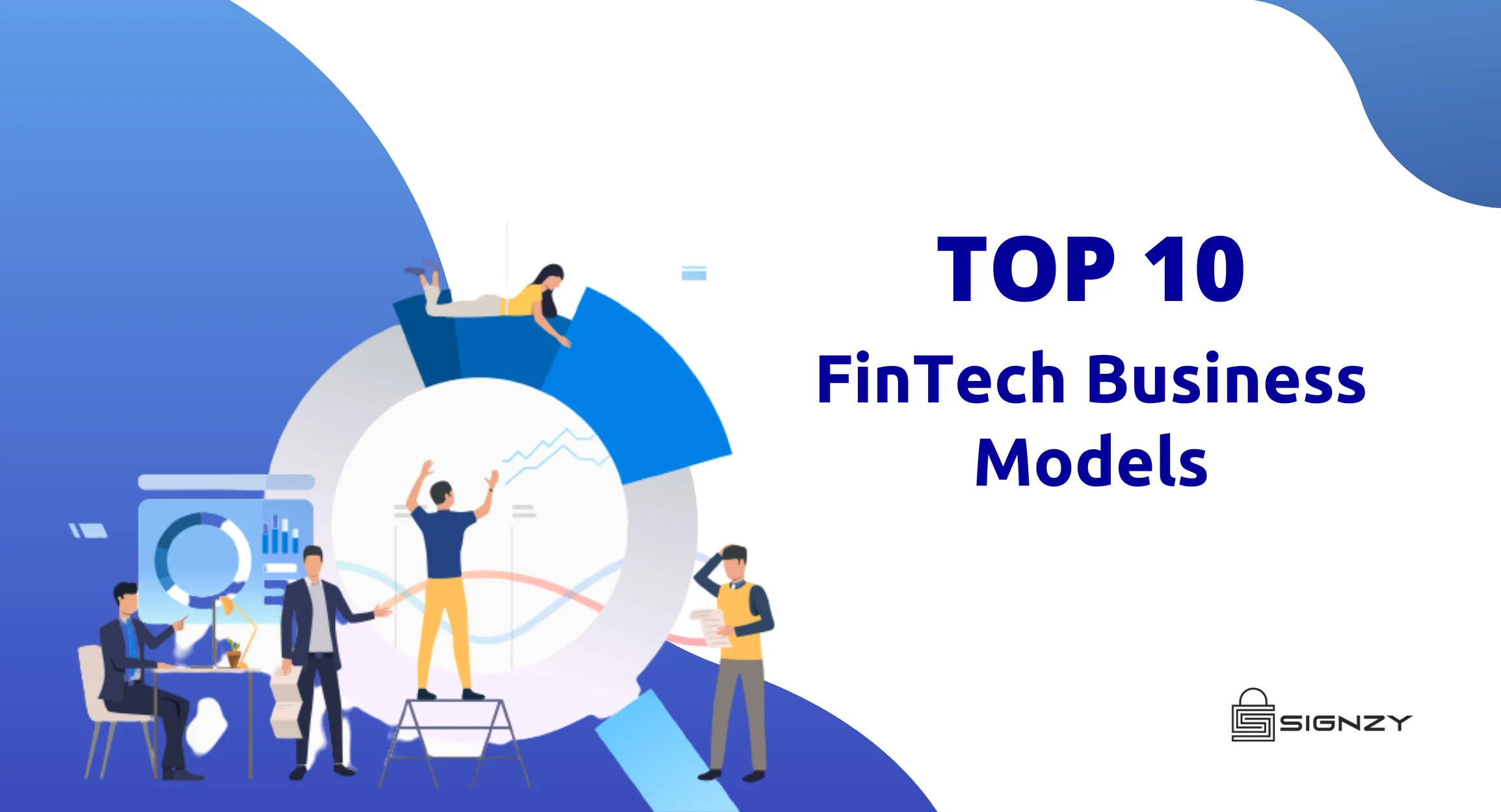The Reserve Bank of India reported that in the financial year 2023, bank frauds amounted to more than 302.5 billion Indian rupees, marking a decrease from over 1.3 trillion rupees in 2021. However, the number of bank fraud cases increased to more than 13,000 in 2023, up from the previous year!
The financial sector in 2024 stands at a pivotal point, balancing on the edge of technological innovation and the rising tide of sophisticated fraud schemes. The digital era has not only transformed the way financial services operate but also how fraud is committed. This shift demands a proactive and knowledgeable approach to safeguard against emerging threats.
In this comprehensive exploration, we delve into the top five fraud trends anticipated in the financial sector in 2024 and outline robust strategies for their mitigation.
Deepfake Technology in Identity Fraud
One of the most alarming developments in digital fraud is the use of deepfake technology. Deepfakes, which leverage artificial intelligence to create hyper-realistic but entirely fabricated images and videos, are increasingly being used in identity fraud. Fraudsters can now create convincing fake IDs, or even video calls to impersonate clients or officials, leading to unauthorized access to financial accounts and sensitive information.
In 2023, we witnessed a 30% increase in deepfake-related crimes, and this trend is only expected to rise in 2024. The financial sector, with its reliance on digital identity verification, is particularly vulnerable. The sophistication of these fakes makes them challenging to detect, posing a significant threat to the integrity and security of financial transactions.
Mitigation Strategies:
Combatting deepfake-related fraud requires a multi-faceted approach:
- Advanced Detection Technology: Implementing AI-driven verification systems that can detect anomalies and inconsistencies in digital images and videos is crucial. These systems should be trained to recognize the subtle signs of deepfake manipulation.
- Biometric Verification: Incorporating biometric data, like fingerprints or retina scans, adds an additional layer of security. Unlike visual representations, biometric data is much harder to replicate or forge.
Sophisticated Phishing Attacks via Artificial Intelligence
In 2024, AI-enhanced phishing attacks are becoming increasingly sophisticated. These attacks use AI to tailor messages and bait that are incredibly convincing and personalized, making them harder to distinguish from genuine communications. Such attacks can result in unauthorized access to sensitive financial data and substantial financial losses.
Mitigation Strategies:
- Advanced Email Filtering Solutions: Employ AI-driven email filtering tools that can detect and block sophisticated phishing attempts.
- Regular Security Training: Conduct frequent training for employees to recognize and report advanced phishing attempts.
- Multi-Factor Authentication (MFA): Implement MFA to add an extra layer of security, reducing the risk of compromised credentials.
- Real-Time Monitoring and Response: Establish a 24/7 monitoring system to detect and respond to phishing attacks promptly.
Cross-Border Transaction Frauds
As global financial transactions increase, so do cross-border frauds. These involve complex schemes that exploit differences in regulatory environments across countries, making detection and recovery difficult.
Mitigation Strategies:
- International Collaboration: Collaborate with international financial institutions and law enforcement agencies for information sharing and joint efforts in fraud prevention.
- Advanced Analytics: Utilize advanced analytics to monitor and analyze cross-border transactions for suspicious patterns.
- Customer Verification: Implement stringent customer verification processes for international transactions.
- Regulatory Compliance: Ensure strict adherence to international financial regulations to prevent exploitation.
Vulnerabilities in Digital Customer Onboarding and Verification
The shift towards digital customer onboarding in the financial sector, while convenient, has opened up new vulnerabilities. Fraudsters are increasingly exploiting these weaknesses, especially in identity verification and customer due diligence processes. This trend is manifesting in various forms, including synthetic identity fraud and manipulation of digital documentation.
Mitigation Strategies:
- Advanced Identity Verification Tools: Leverage cutting-edge technologies like biometric verification and AI-driven document analysis to enhance the accuracy of identity verification.
- Ongoing Process Evaluation and Enhancement: Continuously assess and refine digital onboarding processes to address emerging vulnerabilities.
- Integration of Diverse Data Sources: Employ multiple and varied data sources to corroborate customer information, strengthening the verification process.
KYC Data Breaches and Manipulation
KYC data is a goldmine for fraudsters. In 2024, there is a growing trend of sophisticated attacks aimed at breaching and manipulating KYC data. These breaches not only threaten customer security but also undermine the credibility of financial institutions.
Mitigation Strategies:
- Robust Data Security Measures: Implement and constantly update data encryption and other security measures to protect KYC data.
- Regular Security Audits: Conduct frequent and thorough audits of KYC data handling and storage practices.
- Advanced Anomaly Detection Systems: Use AI and machine learning-based systems to detect unusual patterns in data access or modification, indicating potential breaches.
Harnessing Signzy’s Expertise to Combat Emerging Fraud Trends
As we navigate through the evolving landscape of financial fraud in 2024, it becomes clear that the challenges are as dynamic as they are daunting. The trends identified – from the misuse of deepfake technology and AI-enhanced phishing attacks to the vulnerabilities in digital customer onboarding and the sophisticated breaches in KYC data – all point towards an urgent need for innovative and robust countermeasures. This is where Signzy’s expertise and solutions become invaluable.
Signzy, with its cutting-edge technological capabilities and deep understanding of the financial sector, is uniquely positioned to address these emerging threats:
- Combatting Deepfake and AI-Phishing Threats: Signzy’s advanced AI-driven solutions can play a pivotal role in detecting and neutralizing deepfake manipulations and AI-based phishing attempts. By integrating sophisticated algorithms capable of identifying even the subtlest anomalies, Signzy can provide a crucial layer of defense against these highly advanced fraud techniques.
- Securing Digital Customer Onboarding: Signzy’s technology excels in enhancing the security of digital onboarding processes. By utilizing a combination of biometric verification, real-time data analysis, and AI-powered document verification, Signzy can significantly reduce the risk of identity fraud and ensure a secure onboarding experience.
- Safeguarding KYC Data: In the face of increasing KYC data breaches, Signzy’s secure data handling and encryption methodologies are essential. By employing rigorous data protection measures and conducting regular security audits, Signzy ensures the integrity and confidentiality of sensitive customer information, thereby fortifying trust and compliance.
- Empowering Institutions with Real-Time Analytics and Compliance Tools: Signzy’s real-time analytics and compliance solutions enable financial institutions to stay ahead of fraudsters. By providing advanced tools for monitoring transaction patterns and customer behavior, Signzy aids in promptly detecting and responding to suspicious activities, thereby mitigating potential fraud.
- Partnering for a Secure Financial Ecosystem: Signzy’s commitment to collaboration and innovation positions it as a leader in the fight against financial fraud. By partnering with financial institutions, regulatory bodies, and technology experts, Signzy fosters a more secure and resilient financial ecosystem.
Together, let’s turn these challenges into opportunities to build a more secure, trustworthy financial future. The next step in financial security isn’t just about fighting fraud; it’s about pioneering the path forward!
Visit www.signzy.com for more information about us.
Contact us directly!
